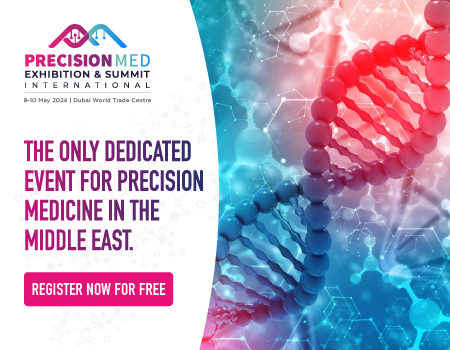Chromosome Breakage Helps Cancer Cells Develop Drug Resistance
Cancer is a particularly challenging problem to solve since it can learn to override and resist treatment. Multiple mechanisms can help cancer evade therapy and develop resistance.
In a new study published in Nature on December 23rd, a team of investigators from the University of California, San Diego, define a mutational event that can promote robust cancer cell growth. Chromothripsis is a catastrophic mutation that causes multiple breaks in chromosomes and massive rearrangement of the genome. This allows the cancer cells to grow much faster and become unresponsive to anti-cancer treatment. While mutation is a common way for cells to evolve, it is usually a slow process that can involve chromosome deletion, amplification, or rearrangement, mostly restricted to one or few chromosomes at a time. However, chromothripsis is a phenomenon that dramatically alters the genome by an extensive and random reshuffling of the genome – some DNA fragments are deleted, some are amplified and found in the cell as extrachromosomal DNA, and most of the chromosomal order is rearranged.
This line of investigation was prompted by research at the Ludwig Institute for Cancer Research at UCSD last year, which showed that half of all cancer cells across many cancer types contain enhanced levels of extrachromosomal DNA (ecDNA), which usually encode oncogenes. To identify the nature of genome modification in these cancer cells, Dr. Don Cleveland and colleagues visualized the chromosome structure of chemotherapy-resistant cancer cells by in situ hybridization, whole-genome sequencing, and RNA sequencing.
Genome rearrangements in resistant HeLa clones resistant to common chemo drug-methotrexate, a DHFR inhibitor, showed multiple profiles of extrachromosomal DNA containing the DHFR gene and was reproducible in other cancer cell lines. Since this ecDNA was caused by Non-homologous end joining (NHEJ), its inhibition by NHEJ inhibitors reduced the frequency of ecDNA and thereby resistant colony formation. The authors confirmed this phenomenon in biopsies of colorectal cancer from patients who developed resistance to treatment.
The mechanistic basis for chromothripsis was attributed to increasing selection pressure since ecDNA concentration was dose-dependent on methotrexate concentration, suggesting that structural evolution of ecDNA is through multiple rounds of chromothripsis, with the copy number of target gene increasing in ecDNA. To check if this ecDNA can integrate into chromosomes upon induction of double-strand breaks, the authors found that ecDNA can integrate into ectopic sites, suggesting double-strand DNA damage during chemotherapy can integrate ecDNA into the genome, further contributing to drug resistance.
The findings in this study address an important hurdle in cancer therapy development. “Our identifications of repetitive DNA shattering as a driver of anti-cancer drug resistance and of DNA repair pathways necessary for reassembling the shattered chromosomal pieces has enabled the rational design of combination drug therapies to prevent the development of drug resistance in cancer patients, thereby improving their outcome.” said lead author Dr. Cleveland, Professor of Medicine, Neurosciences and Cellular and Molecular medicine at UCSD School of Medicine. An important conclusion from the study is that the combination of chemotherapy with DNA repair inhibitors can effectively prevent drug resistance in cancer.
By Sahana Shankar, Ph.D. Candidate
References
- https://www.nature.com/articles/s41586-020-03064-z
- https://ucsdnews.ucsd.edu/pressrelease/breaking-bad-how-shattered-chromosomes-make-cancer-cells-drug-resistant
©www.geneonline.com All rights reserved. Collaborate with us: service@geneonlineasia.com









